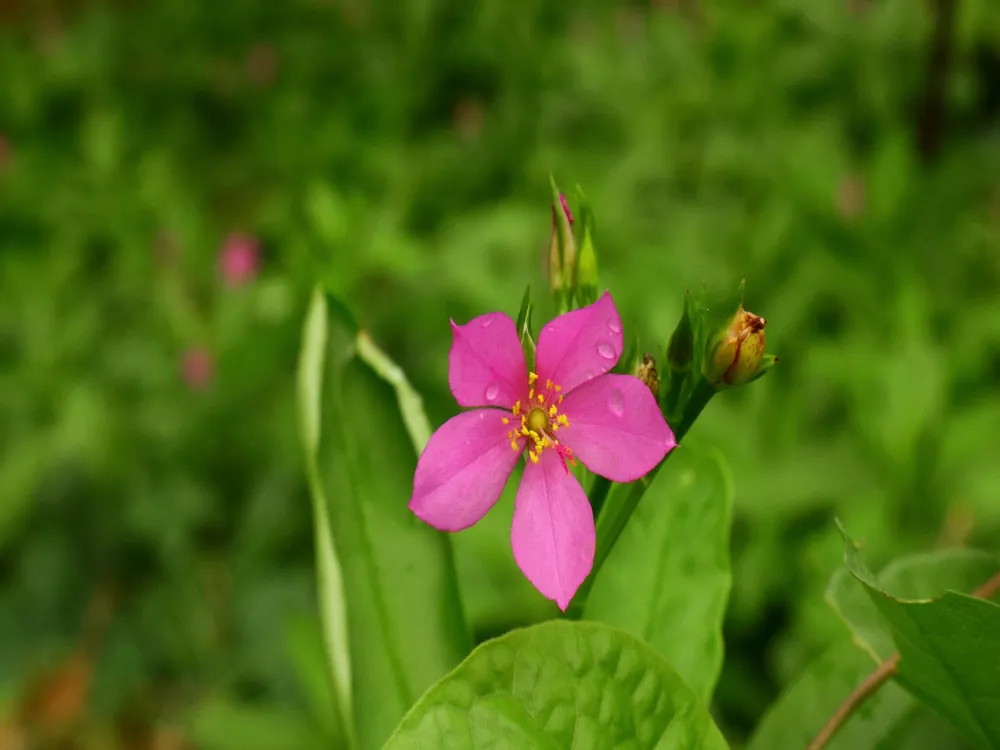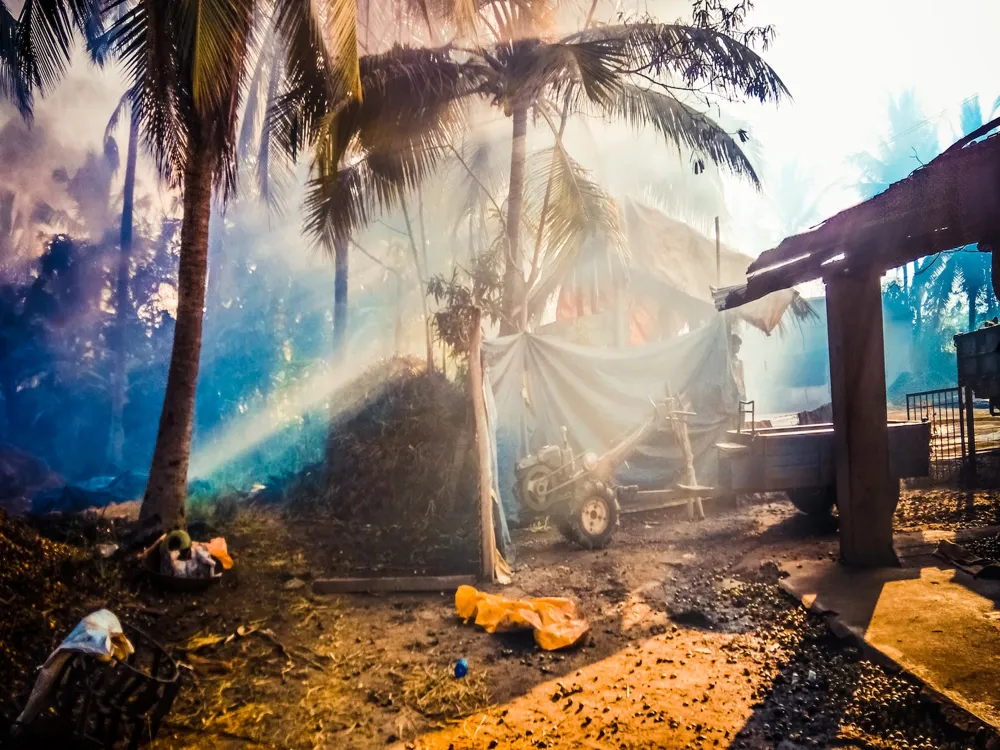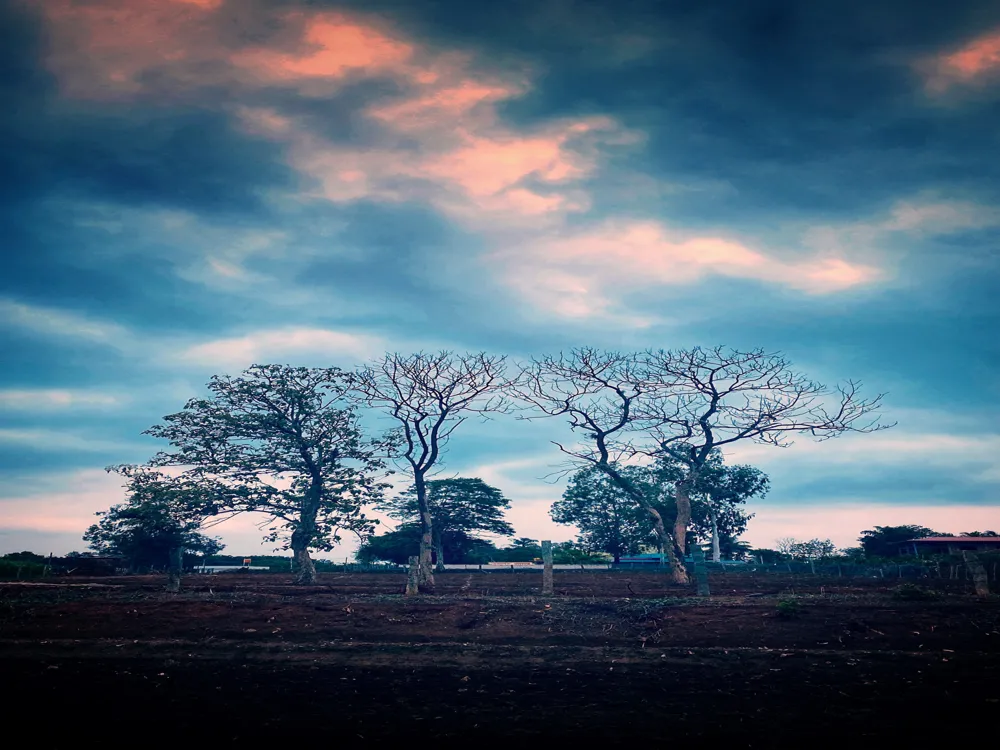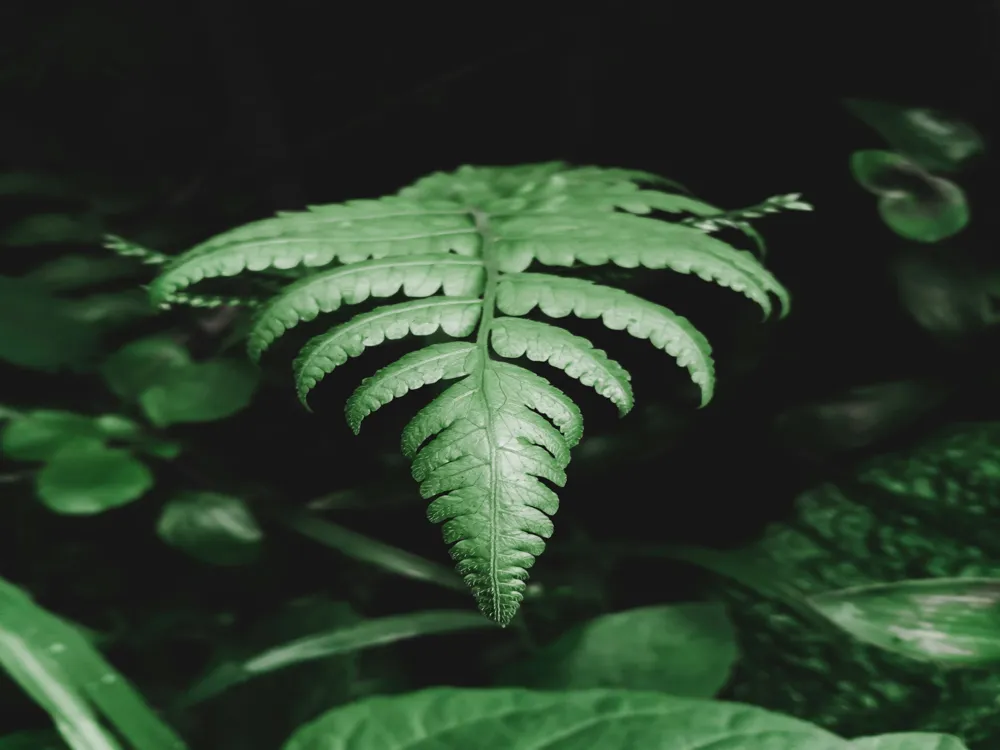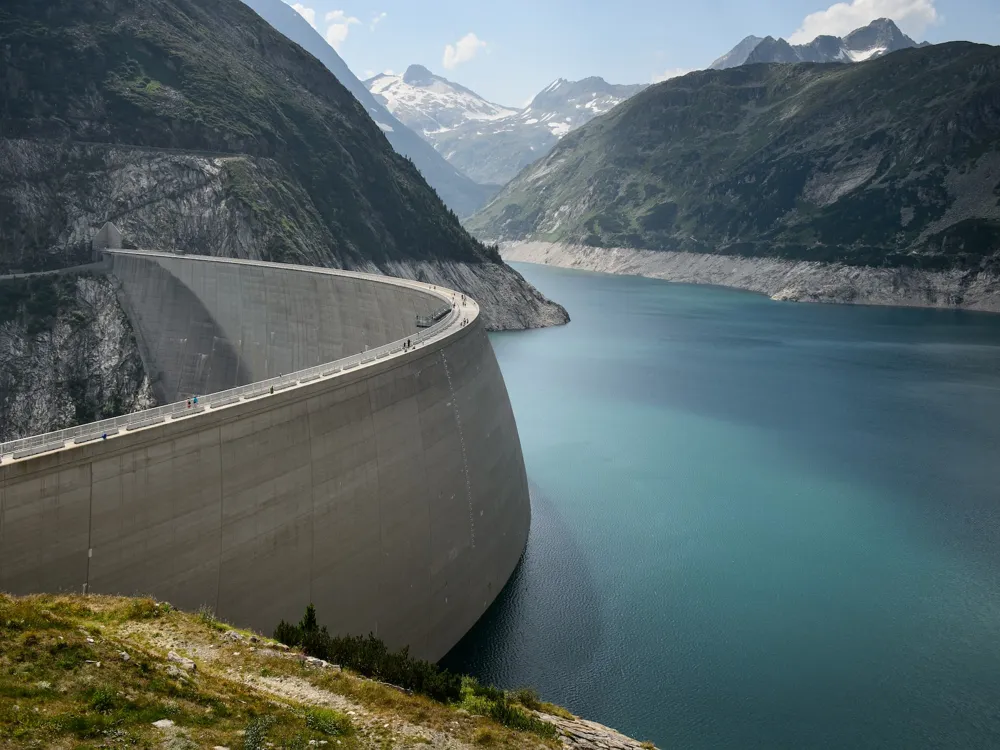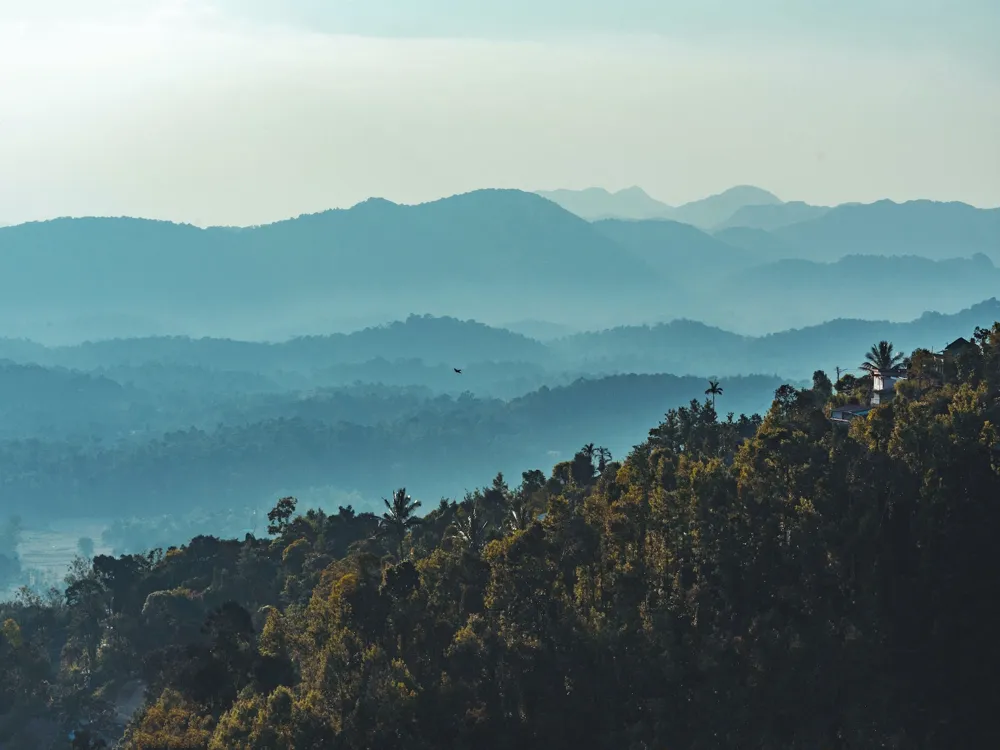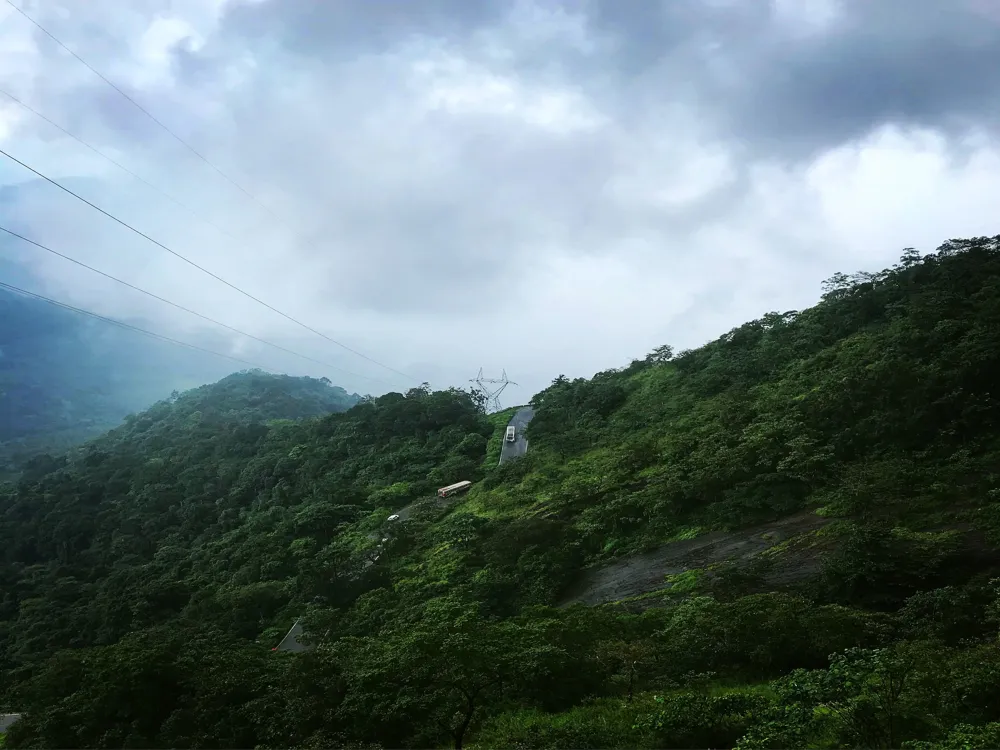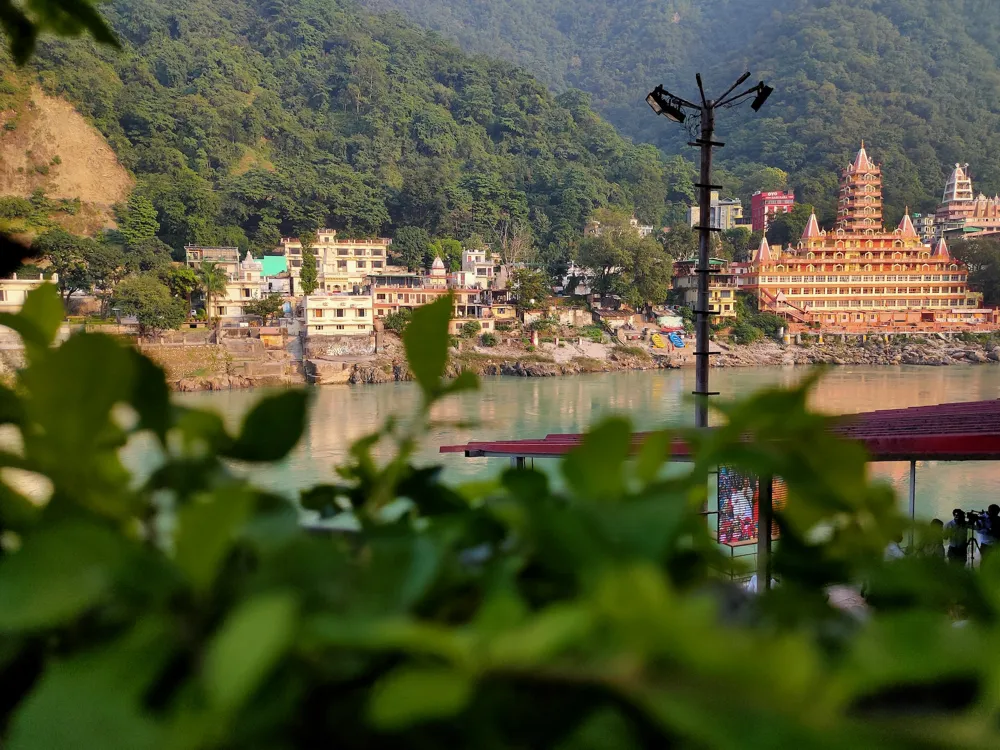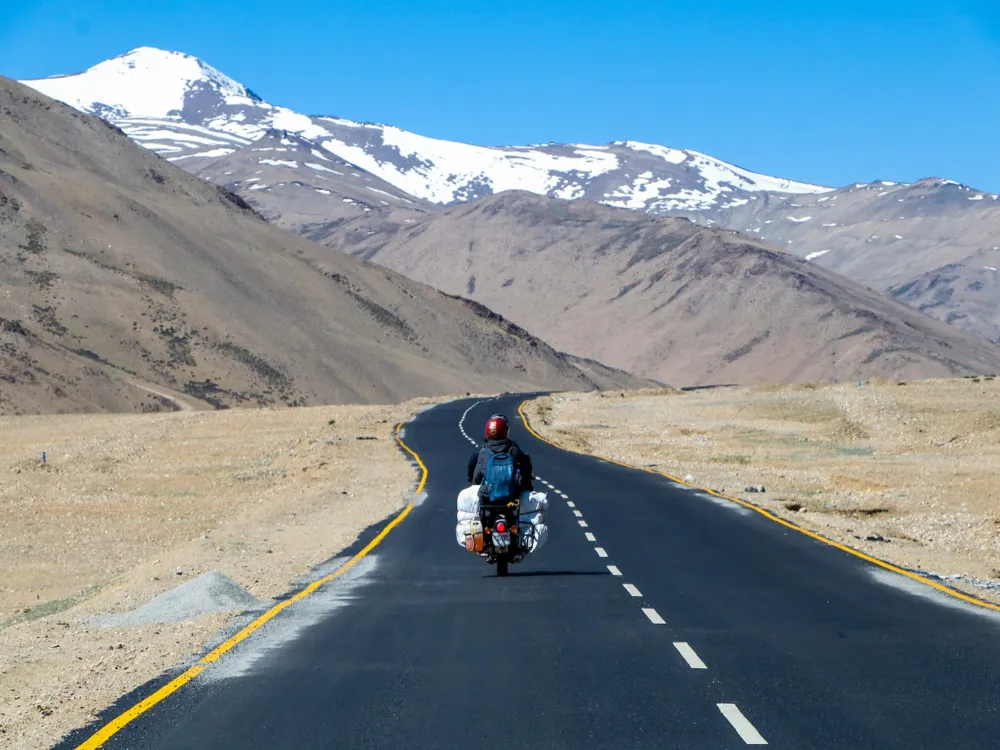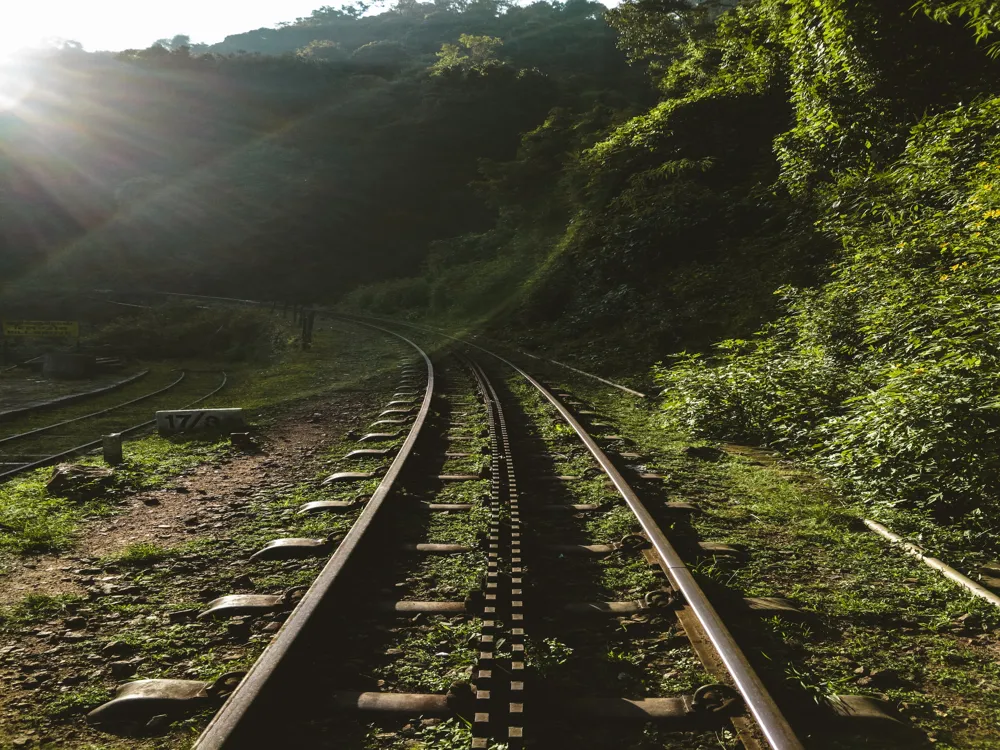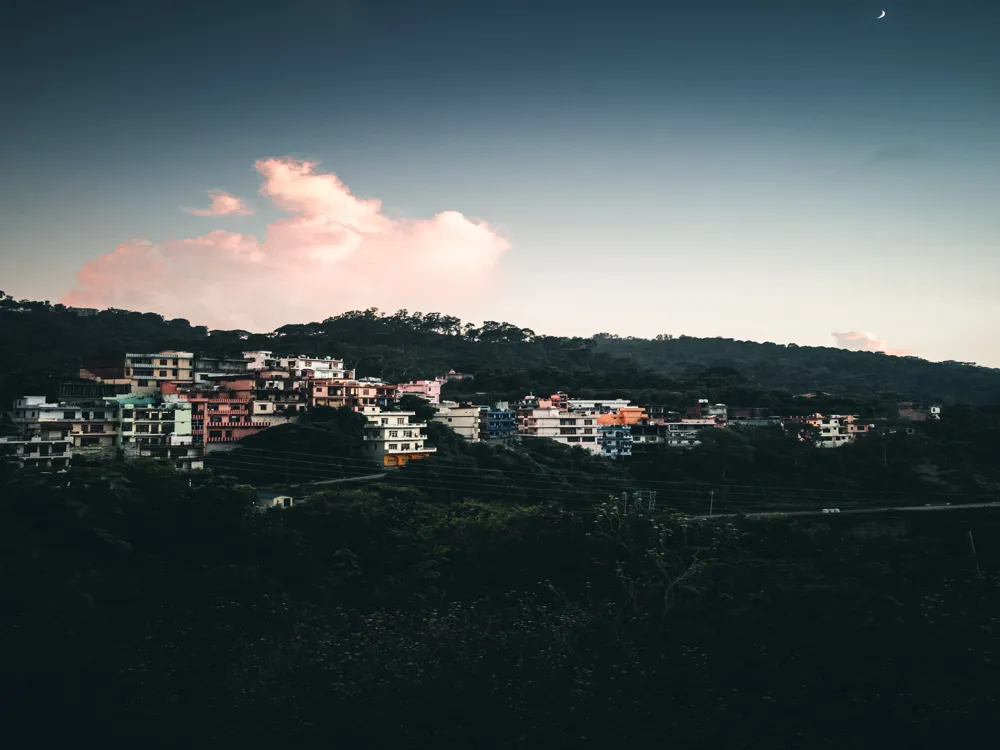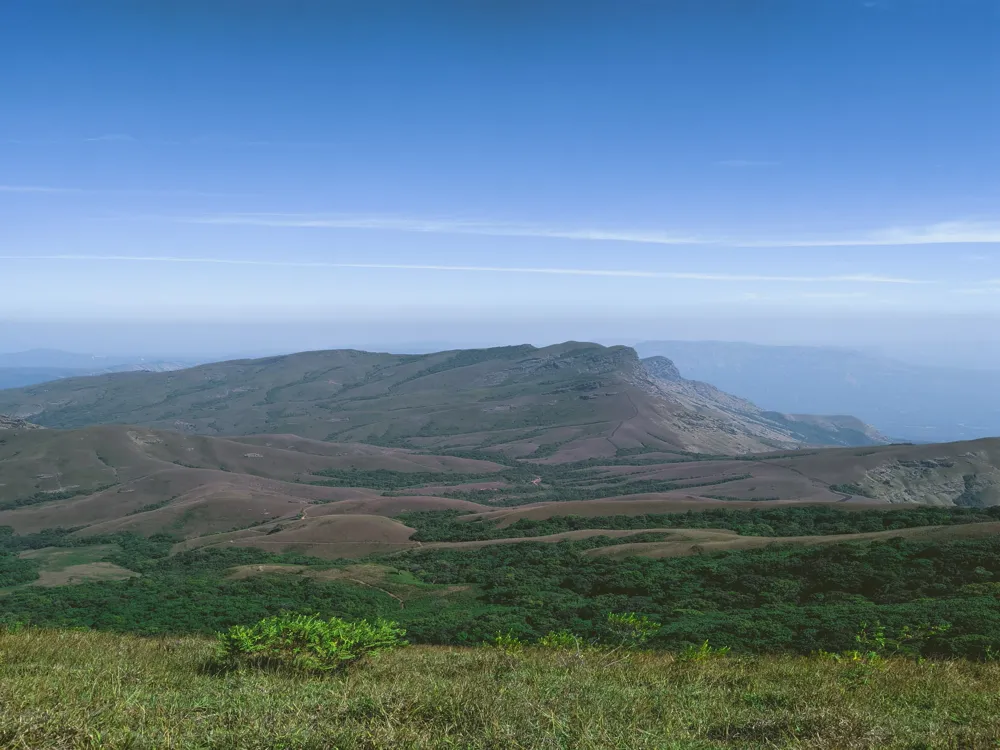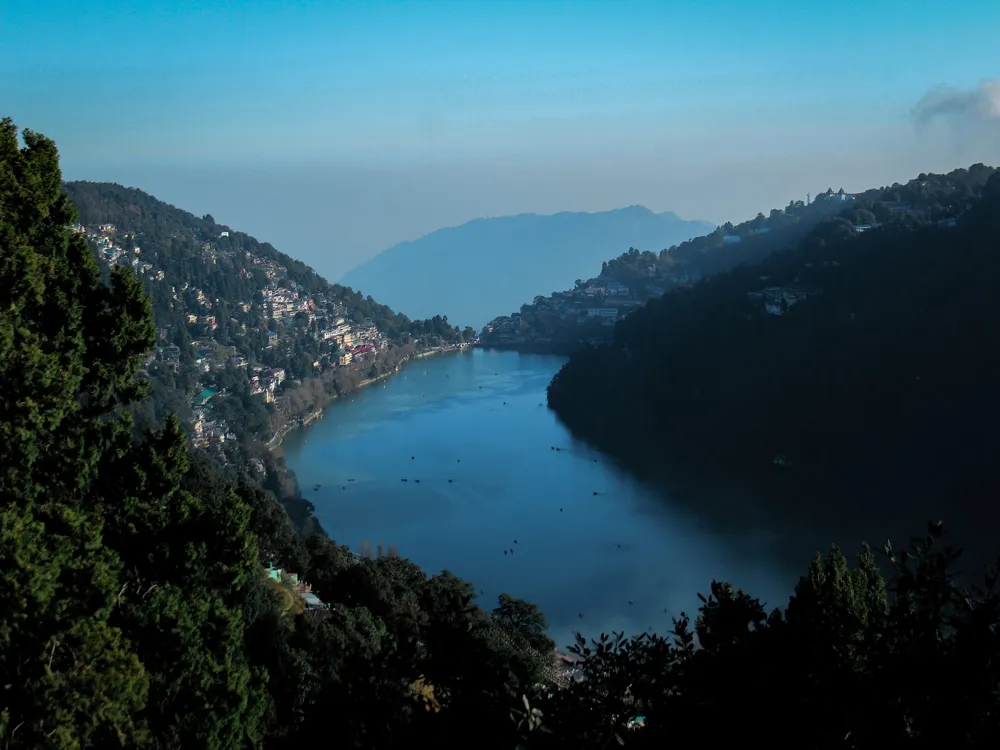Best Time to Visit Shimoga
Karnataka India
23 out of 62 Places to visit in KarnatakaNaN onwards View Packages
Get Customized PackagesThe Land of Diversity
Top Hotel Collections

Private Pool

Luxury Hotels

5-Star Hotels

Pet Friendly
What is the Best Time to Visit Shimoga?
Shimoga, a serene district in Karnataka, India, offers a diverse experience throughout the year. Knowing the optimal time to explore this picturesque region can significantly enhance your travel experience.
More about Best Time to Travel to Shimoga
Travel Peak Season in Shimoga
The peak season in Shimoga typically extends from October to March. During these months, the weather remains pleasant, making it ideal for exploring waterfalls, indulging in outdoor activities, and visiting the lush forests and wildlife sanctuaries.
Travel Offseason in Shimoga
Contrastingly, the offseason, from April to June, experiences higher temperatures and occasional rainfall. While this period sees fewer tourists, it offers a quieter ambiance, suitable for nature walks, temple visits, and exploring the cultural heritage.
Shimoga Travel Packages
View All Packages For Shimoga
Shimoga in Shoulder Season
The shoulder seasons, spanning from July to September and February to March, provide a balance between favorable weather conditions and fewer crowds. Visitors can enjoy moderate temperatures, witness the beauty of rain-fed rivers, and partake in various local festivals.
Shimoga in Hot Season
From April to June, Shimoga experiences its hot season. While temperatures rise, it remains a preferred time for travelers interested in birdwatching, as many avian species thrive during this period in the region's natural reserves.
Shimoga in Rainy Season
The rainy season, occurring from June to September, brings heavy rainfall and rejuvenates the region's lush greenery. Despite limitations in outdoor activities, it's an excellent time for nature enthusiasts to witness the vibrant landscapes and scenic beauty.
Shimoga in Cool Season
Finally, the cool season, from December to February, offers mild weather, making it suitable for exploring historical sites, embarking on trekking adventures, and enjoying the pleasant climate amidst nature.
Understanding Shimoga's varying seasons enables travelers to plan their visit based on personal preferences, ensuring a delightful and immersive experience in this captivating district of Karnataka.
Places To Visit In Shimoga
View All Places To Visit In Shimoga (Shivamogga)Nearby Places Shimoga
Shimoga Photos
View All Photos For ShimogaBrowse Package Collections
Browse Hotel Collections
Faq
Q: What is the ideal time to visit Shimoga for a pleasant weather experience?
A: The best time to visit Shimoga is during the months of October to March when the weather is cool and comfortable, making it perfect for outdoor activities and sightseeing.
Q: Are there any specific months to avoid due to unfavorable weather conditions in Shimoga?
A: It's advisable to avoid the monsoon months of June to September as Shimoga experiences heavy rainfall during this period, which may hinder travel plans and outdoor activities.
Q: What makes the winter season a good time to explore Shimoga?
A: Winter, from October to March, offers mild temperatures ranging from 15°C to 25°C, creating an ideal climate for exploring the lush landscapes, waterfalls, and cultural attractions without extreme weather conditions.
Q: Is summer a suitable time to visit Shimoga, and what can one expect during this season?
A: Summer, from April to June, can be warm with temperatures ranging from 20°C to 35°C. While it's a good time for water activities and wildlife spotting, visitors should be prepared for the warmer weather.
Q: Are there any festivals or events that make a particular time special for visiting Shimoga?
A: The annual Shimoga Utsav held during the winter months is a vibrant cultural festival showcasing local art, music, and dance, making it an excellent time to experience the rich heritage of the region.

